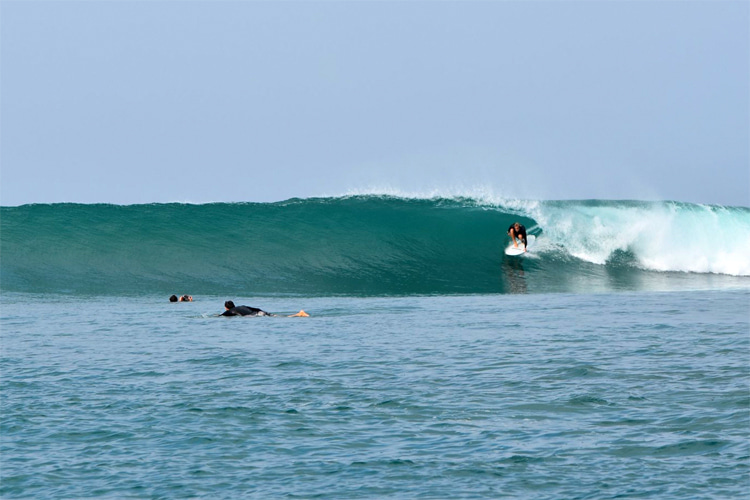Madagascar is the fourth largest island on the planet. The magical Indian Ocean territory features 3,000 miles (4,828 kilometers) of coastline.
A colossal mountain runs from north to south of the country, creating a humid environment on the eastern coast and a dry region on the western shoreline.
Madagascar is one of the most underrated surfing destinations in the world despite its privileged location, open to the idyllic and magical Indian Ocean swells.
The island is just 250 miles (400 kilometers) away from mainland Africa but was only "discovered" around 500 AD.
It is often called the eighth continent and was separated from India 88 million years ago.
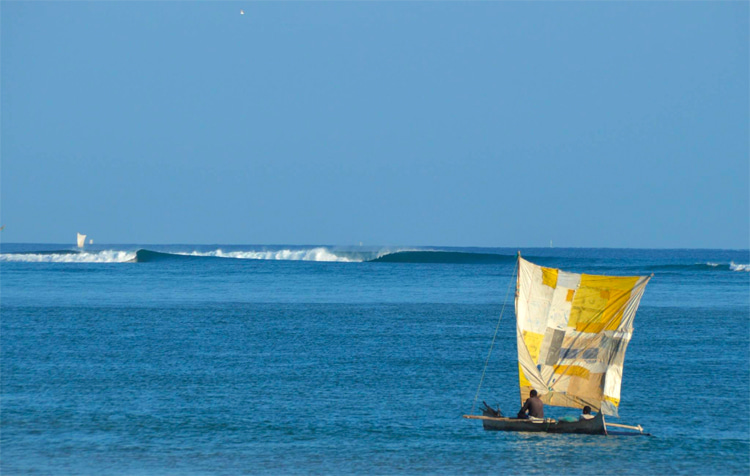
A Natural Paradise
Madagascar is home to unique megadiverse fauna and flora, breathtaking rock formations, stunning beaches, and uncrowned surf spots.
Lemurs are as common as the nation's uncharted waves and pristine, transparent waters.
The former French colony is also home to the Madagascar periwinkle, a plant used to treat Hodgkin's disease, leukemia, and other types of cancer.
The Indian Ocean nation features three United Nations (UN) World Heritage Sites: the Atsinanana rainforests, Tsingy de Bemaraha Strict Nature Reserve, and the Royal Hill of Ambohimanga.
Madagascar is also known as the "Great Red Island" courtesy of its rich aluminum and iron soils that reflect red tones.
The country has two-thirds of the world's vanilla fields and 50 percent of Earth's chameleons.
Despite its natural patrimony, Madagascar is one of the planet's poorest nations, with 70 percent of the population living in poverty.
Tourism is considered to be the key to economic development, and surfing can definitely do its part in improving the social conditions of the 26 million Malagasies.
The 18th-century pirate haven is steadily falling in love with surfing despite the country's passion for Moraingy, an intense, bare-fisted traditional martial art.
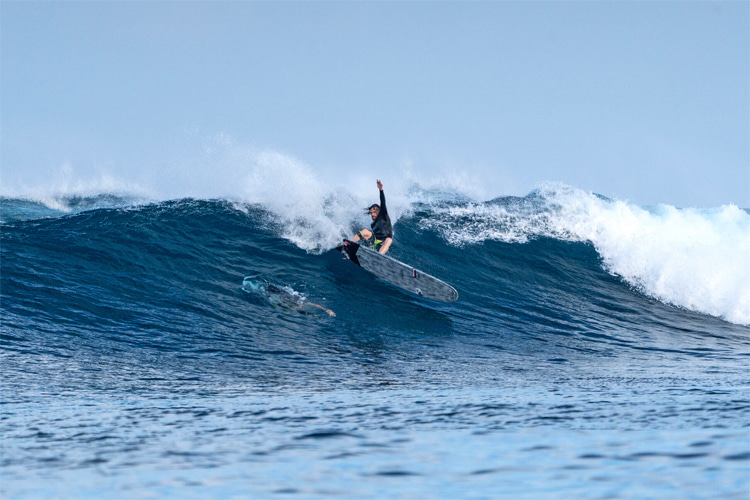
The South Equatorial and East African Coastal Currents
To understand the country's weather, swell, and wind patterns, we need to take a look at the bigger regional picture.
According to "The World Stormrider Guide," since Mozambique and Madagascar cut off the supply of southern ocean swells to Tanzania, Kenya, and Somalia, the East African coastline relies on high-pressure systems settled over Mauritius, driving windswell in from the SE.
The stronger SW monsoon typically sees SE winds blowing on the edge of the high, creating a regular 6-to-12-foot windswell, mostly from June to September, which diminishes to 3-6 feet by the time it reaches the coast.
Most of that swell arrives with the strong SE onshores, so right-handers wrapping around reefs create the only options for side/offshore conditions.
The weaker NE monsoon that blows from December to March does produce occasional wind swells, but exposure is far from ideal, and countries like Kenya remain mostly flat during the high tourist season.
This is also cyclone season when powerful E-SE swells may show up, despite the bulk of the swell usually following the storm's parabola and heading southwards.
North of the equator, cyclones in the Arabian Sea form up in May-June and October-December, which can affect the Horn of Africa and possibly a bit of action for northern Kenya.
This zone is fed by the large South Equatorial gyre, and the East African Coastal Current (EACC) flows from south to north, getting warmer as it heads into the Arabian Sea.
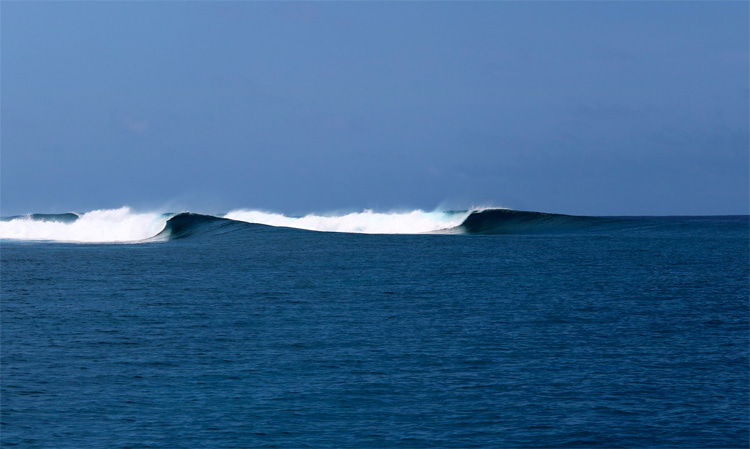
The Influence of the Roaring Forties
The Indian Ocean sits primarily in the Southern Hemisphere, where most of the swells are generated between the Roaring Forties and the Southern Ocean, located at 60º S latitude.
These low-pressure systems make the journey from the Cape of Good Hope to the southwest tip of Australia with year-round regularity, spraying out consistent, quality swell.
Madagascar, Réunion, and Mauritius are much closer to the Roaring Forties lows and maintain some sizeable waves, but the SE to S trade winds can spoil the party in winter.
Once the NE trades take over in November, it's time to watch out for cyclones forming in the 15°-25° S latitudes, which usually travel west toward the Mascarene Islands (Mauritius and Reunion) and Madagascar.
These swell producers are a real plus, providing powerful swell for the east coasts of all the islands when the southern low pressures are at their weakest.
Unfortunately, they are few and far between, as well as being accompanied by the onshore NE winds.
The SE trades reach maximum intensity from June to October.
The anti-clockwise rotation of the Agulhas Current - the world's fastest current at 5.6 miles per hour (9 kilometers per hour) - keeps Madagascar and the Mascarenes fed with warm water.
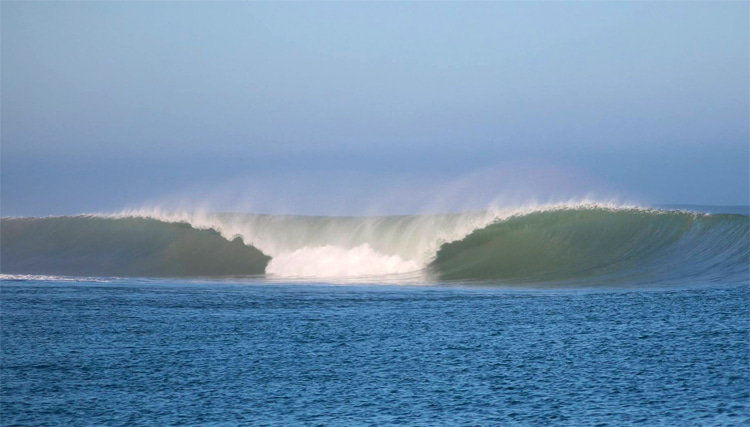
Surfing in Madagascar
When it comes to surfing, Madagascar is still a rough diamond waiting to be polished, especially in the north, where swells are far less reliable.
Even in the regularly surfed south, there's still a lot of exploration work to do between Vezo Reefs and the beginning of the SW Madagascar zone, as well as in the SE-facing coast from Cap Sainte-Marie to the southeast region and the beginning of the east coast.
"The World Stormrider Guide" notes that the vast bulk of the east coast is featureless, windblown beach breaks punctured by more river mouths depositing murky, silt-laden water into unappealing line-ups.
Up on the NE coast past Toamasina, there is resort accommodation near the Foulpointe reefs and hazardous beach breaks, where steep drop-offs, currents, and lots of rocks reside.
Mahambo has a small local surf population and a few funky, shallow right and left-hand reef breaks in the vicinity.
To the north are plenty of gems to explore up to Diego-Suarez, including Baie d'Antongil and the windblown barrier reef of Île Sainte-Marie.
The Mozambique Channel coastline is gouged by large estuarine river mouths connected by straight sandy beaches, and the migrating bars pile up some impressive-looking left setups.
The southwest-facing coast around Maintirano and the Barren Islands hold some nice coral passes.
The striking sand deltas continue down the west coast past Morondava, Belo sur Mer, and Morombe until the fringing Vezo reefs of Toliara province reappear.
In the Heart of Low-Pressure Systems
Thanks to its strategic exposure, Madagascar receives all types of swells and winds around the island.
The territory is also surrounded by a ring of barrier reefs, meaning some of its finest waves break a few miles off the coastline.
Some of the low-pressure systems affecting South Africa will travel to Madagascar, resulting in blow-out waves.
As a result, the best time of the year to surf in Madagascar is from March to September, when South Atlantic swells hit the African island's coastline.
Madagascar and the Mascarenes are in the favored path of the generally less intense, shorter-lived Southern Indian tropical storms that hit the region between November and April.
Nevertheless, a few bigger systems make landfall in Madagascar.
Other tropical cyclones also provide surfable waves all year round, and the Indian Ocean swells that send waves to Sri Lanka, Maldives, and East Africa also positively impact Madagascar.
Traveling around the southwest coast might not be easy, as there is no good road coverage, and access to some of the country's best surf is tricky and time-consuming.
Nevertheless, if you're patient and have at least ten days to spare, you'll surely experience some of the best waves the Southern Hemisphere has to offer.
You won't need a wetsuit in Madagascar - boardshorts and swimsuits will be fine all year round. If you really need to feel comfortable, a springsuit could be helpful during wintertime.
The average air temperature is 82 °F (28 °C), and the water temperature rarely gets below 75 ºF (23 ºC).
Nevertheless, Madagascar's endless reef passes, small islands, and atolls remain uncharted when it comes to exploring its surfing potential.
The country was first exposed in the surf media in the 1980s. Since then, it has been sitting quietly on the surf radar ever since.
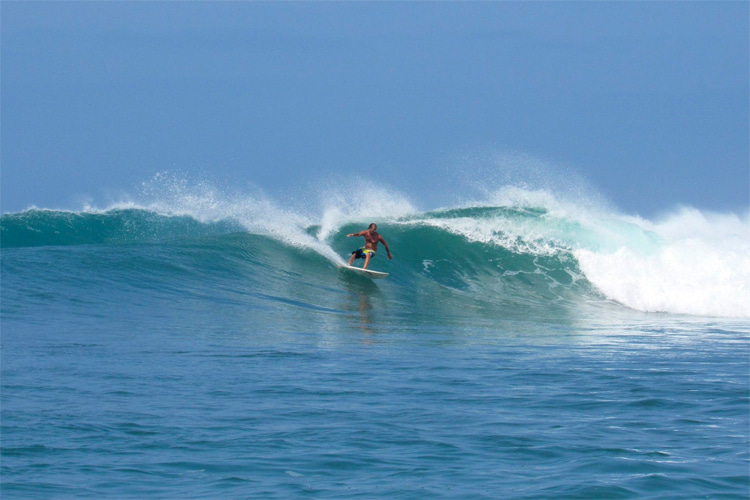
Anakao: the Surfing Capital of Madagascar
The Toliara region between Ifaty and Anakao features around 20 quality surf breaks that can only be accessed by boat.
Around 12 spots are world-class, including a small-scale version of Tahiti's Teahupoo and a right-hand peak similar to Gold Coast's Kirra.
All other breaks provide waves for all levels of surfing, backed by excellent weather.
Anakao is Madagascar's surfing capital and the central hub for getting to all northern and southern waves.
The region around the small fishing town has a dry season that lasts nine months, punctuated by desert areas, savannahs, deltas, palm trees, and estuaries.
You'll find a few surf transfer businesses run by ex-pats and Malagasies that will guide you through the best surf breaks.
Between Anakao and Ankilimivony, you'll find a resort for whale watching, kiteboarding, and surfing spot run by locals.
Accommodation and surfboard rentals are available upon request.
According to local fishermen, shark activity has not been spotted in a long time, meaning the chances of encountering the ocean's predator are slim.
You'll have almost every wave in Madagascar just for you, as it only gets slightly crowded during the winter peak season.
Most top-class Madagascar surf spots are reef breaks breaking in relatively deep shallow waters.
As a result, coral cuts, bruises, and other injuries are rare, even though you might have to pay attention to a few surf breaks on low tide.
The paddle-outs are effortless thanks to the channels that back up each wave, making it fun to ride each wave until exhaustion.
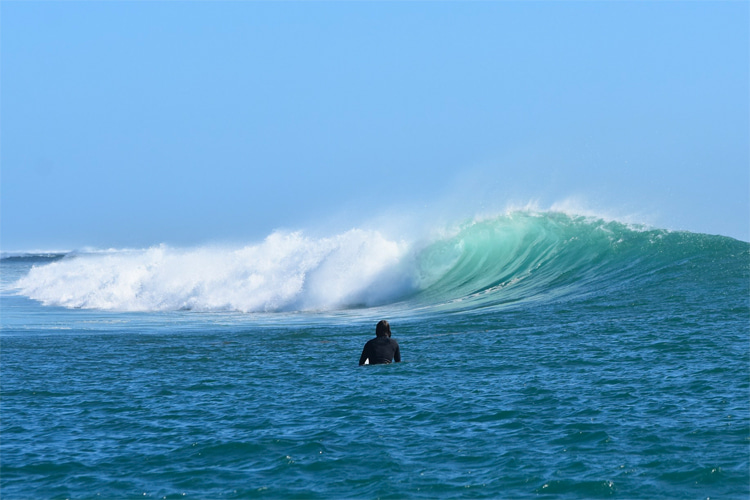
The Vezo Reef Breaks
The 37-mile (60 kilometers) stretch of coastline between Ifaty and Anakao features over 18 breaks, most of which are only accessible by boat from the Toliara harbor.
The Ifaty is home to a couple of reef passes located 2.5-3 miles (4-5 kilometers) offshore. The rapid yet inconsistent left-hand waves of South Pass, coupled with the shifty right-handers of Laity Peak, can easily hold 10 feet.
The Right is a fun, perfect, hot-dog wave on smaller swells, while Googles is the most powerful and consistent wave in the region.
The predominantly left (with a shorter right) breaks over a sand and coral platform which extends from a headland.
The wave can be ridden in all sizes, even though it will break surfboards when it gets big.
At the northern extreme of the Toliara barrier reef is Joey's, a classic left-hander that easily holds 15-foot waves and peels left for 500 yards.
One hour to the south from Toliara is Jammies, a reef pass with a left and barrelling right, and at the southern tip of the reef is Outers, a solid right-hander with a hollow inside section.
Off the coast of Sarodrano, you'll find a 1.8-line long (3 kilometers) sandspit featuring a series of offshore waves accessible by pirogue, including the 500-yeard long and barreling TT's (Tony's Tavarua) and Inners, a rippable and fast right-hander.
Across the pass, there's a hollow left called Mussolinis and, at a paddle-out distance, Three Rollers, a beginners peak breaking in front of Saradrano.
The best Vezo reef breaks and surf sports around Anakao are:
- Jammies;
- Outers;
- TT's;
- Inners;
- Mussolinis;
- Three Rollers;
- Flame Bowls;
- Resorts;
- Pousse Pousse;
- Jelly Babies;
Bibliography and References:
B. Sutherland and A. Colas. "The World Stormrider Surf Guide," Low Pressure Publishing, 2018
Madagascar Surf Trips, Mada Collective, Madagascar Surf Resort
